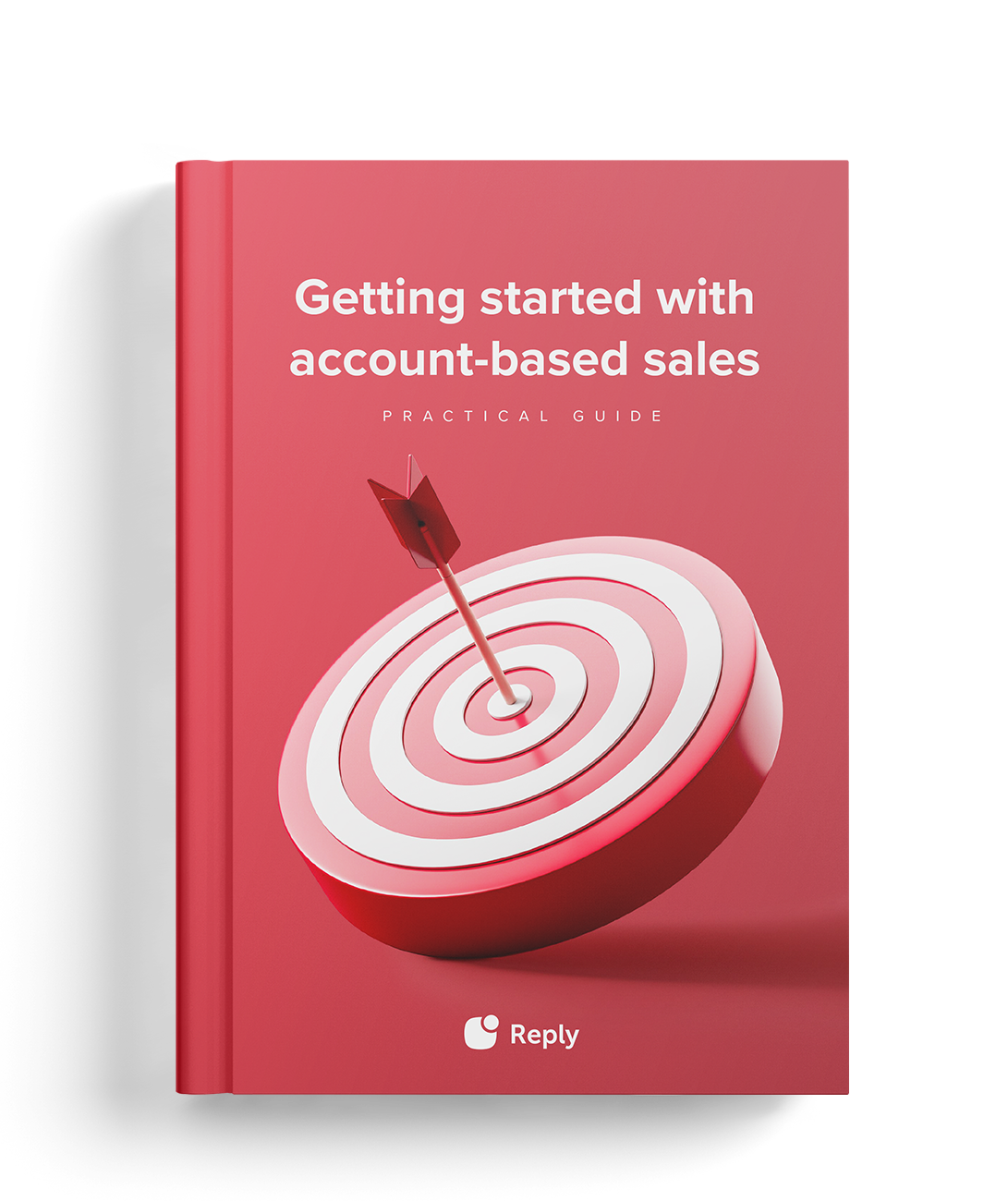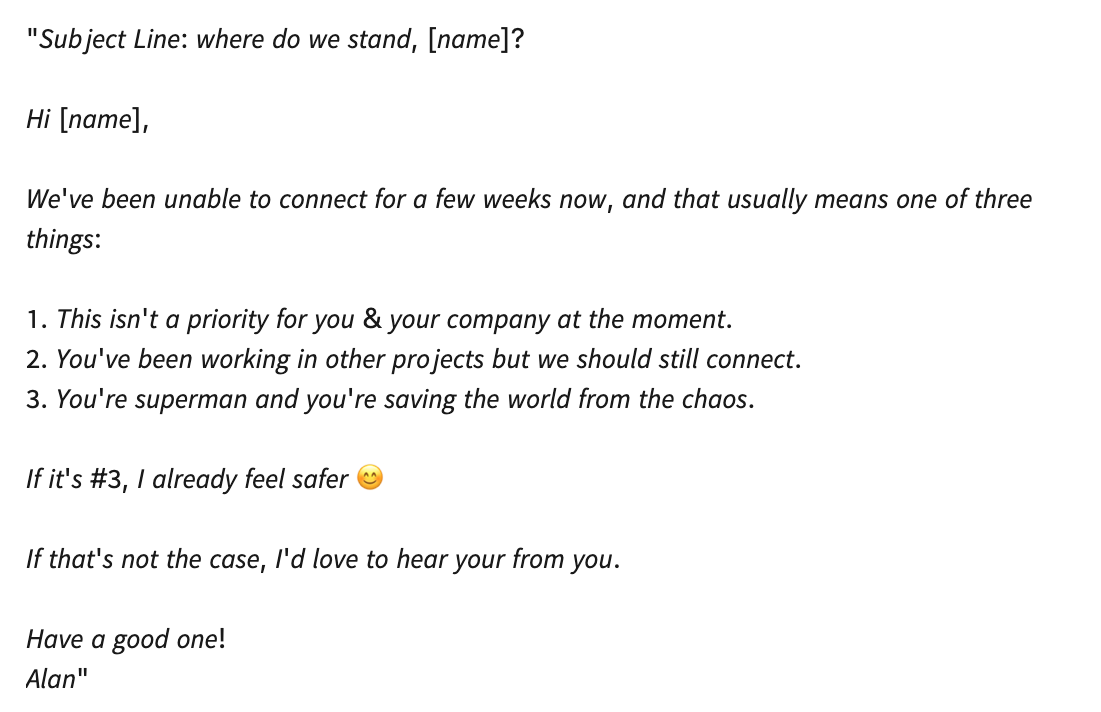There’s a good reason why a sales funnel is called… well, a funnel. Closing 100% of all leads that end up in your CRM is nothing short of supernatural.
And if you can resolve some of the leads (usually the ones that are disqualified or decide to go with a competitor) as “closed/lost,” there are always a few who will simply go dark, joining the “ghosted” folder. And it’s totally normal, as long as you keep the number of those unresolved leads reasonable.
However, if your CRM looks like a haunted house in a horror movie, there’s clearly a problem. But don’t rush calling Ghostbusters — you can still bring back to life at least some of those opportunities. In this post, I will share some of the tips and templates to reengage with leads who have gone dark (no Ouija board required).
What does ghosting mean in sales?
Here’s a situation salespeople know all too well. A perfectly engaged prospect, the one you’ve connected with and even had a chance to talk to once or twice, suddenly stops responding to your emails. You’re sending follow-ups, leaving voicemails, and even shooting messages on social media, but it’s crickets on the other end. Yep, you’ve been ghosted!
In sales, it’s called “ghosting” — abruptly ending a relationship or communication with someone without any explanation. This can include ignoring emails, not returning phone calls, or not replying to messages on social media or other communication platforms.
A term primarily used to refer to a practice in personal communication (especially online dating), ghosting is also very common in sales — inbound as well as outbound.
3 reasons prospects go dark (and 3 ways to prevent that)
Ghosting in sales, just like demo no-shows, can happen for a number of reasons. You can influence and prevent some of them, while others have nothing to do with you (and everything — with the prospects or circumstances beyond your control).
For example, there’s not much you can do in case a prospect is laid off by the company except to ask for a different point of contact. However, there are certain problems you can mitigate to avoid getting ghosted, like
- lack of qualification process on your side or poor ICP fit,
- the problem you solve not being a priority for them (or they are currently strapped for time/resources),
- competition, i.e., the prospect or their team decided to go with another provider.
These 3 potential reasons for ghosting are mostly on you, especially the first one. The solutions are pretty obvious — thorough prospect research, clear value proposition, and undeniably unique selling points communicated early on in the engagement process.
However, there will also be situations when prospects just go dark for no apparent reason. In this case, here are a few other things you can do to stay on their radar.
- Connect across multiple channels — email, phone, social media, etc. After all, emails are pretty easy to ignore, unlike phone calls or texts.
- Check in regularly to avoid any pauses in the buyer’s journey. Lay out the next steps after every touchpoint and make use of guided selling techniques and tools.
- Pay attention to the red flags, either verbal or nonverbal. Emotional intelligence and a basic understanding of human psychology might be especially useful here.
One important thing to keep in mind is that you shouldn’t be aggressive or annoying when trying to stay on the radar. No need for daily follow-ups or check-in calls when you have nothing specific to share or discuss. Don’t be a stalker.
Also, let your prospects know it’s okay to say no — be respectful of your own time and know when a lead isn’t worth chasing. After all, hearing a no is better than being ghosted.
How to bring your “ghosted” leads back to life?
Okay, so you’ve been ghosted. Now what? First of all, don’t take it personally. Second, try reconnecting with your prospects. The key here is to be pleasantly persistent — not pushy or intrusive, but genuinely interested in your communication.
Here are some practical tips on how to reengage cold leads.









